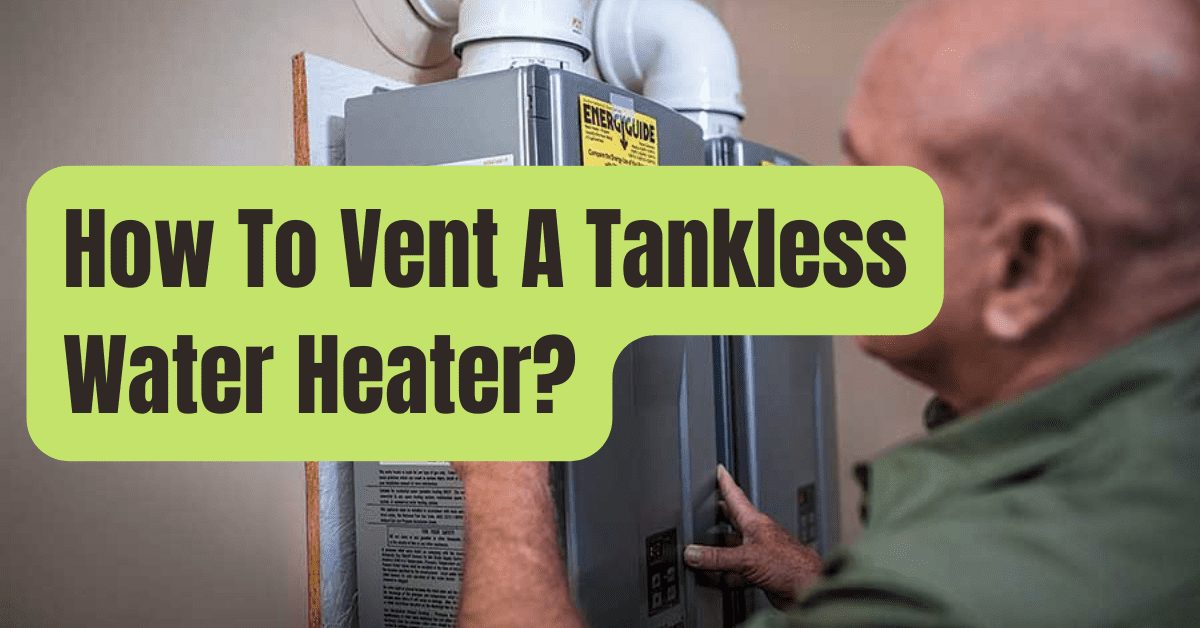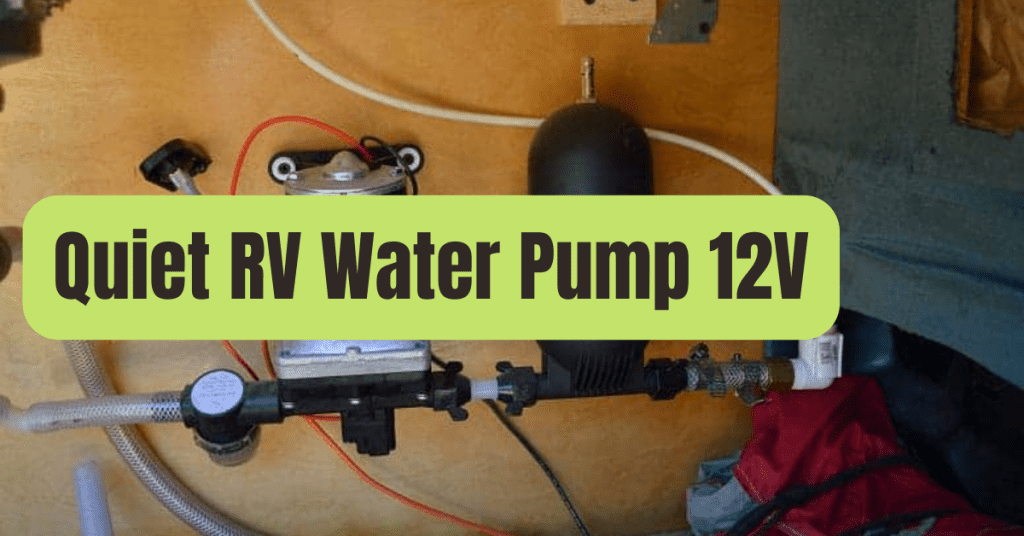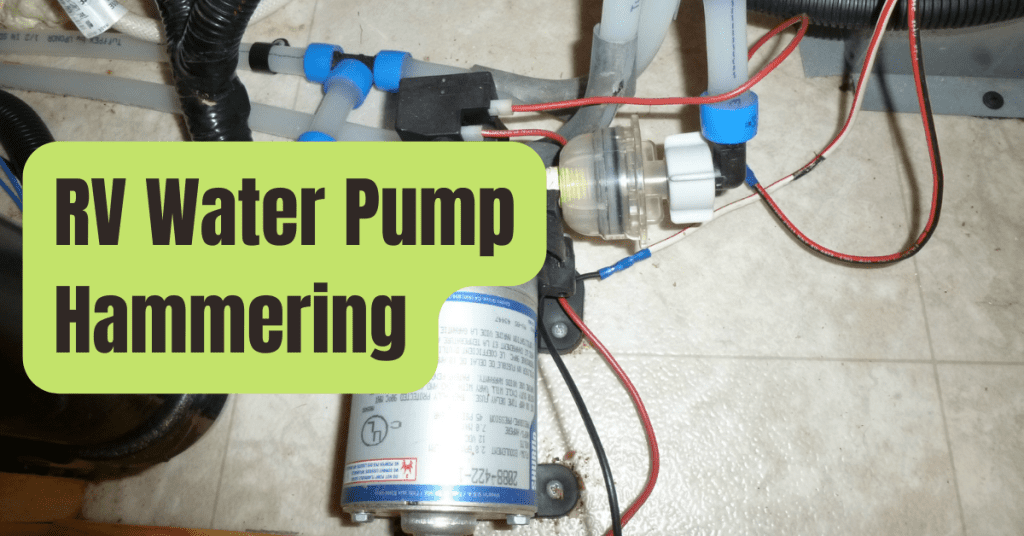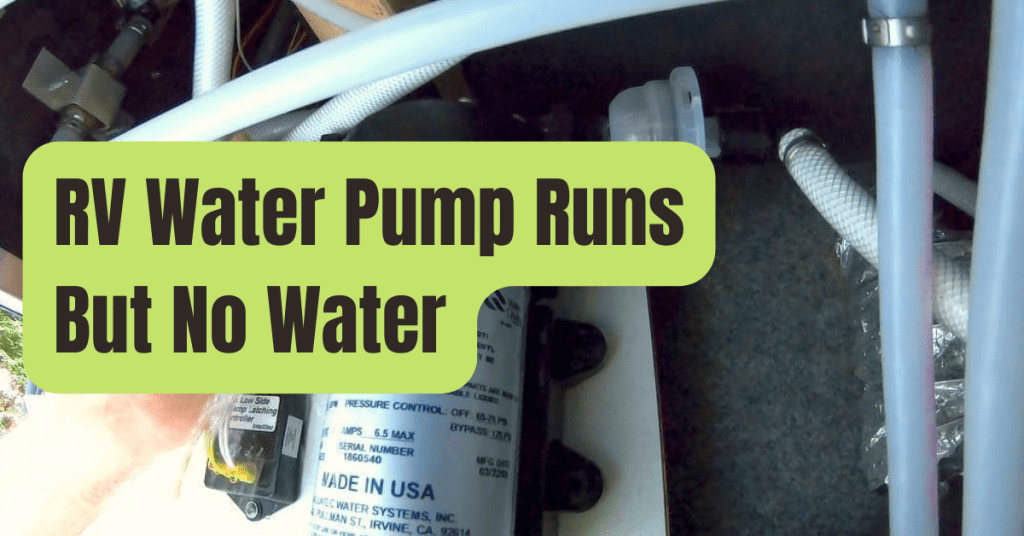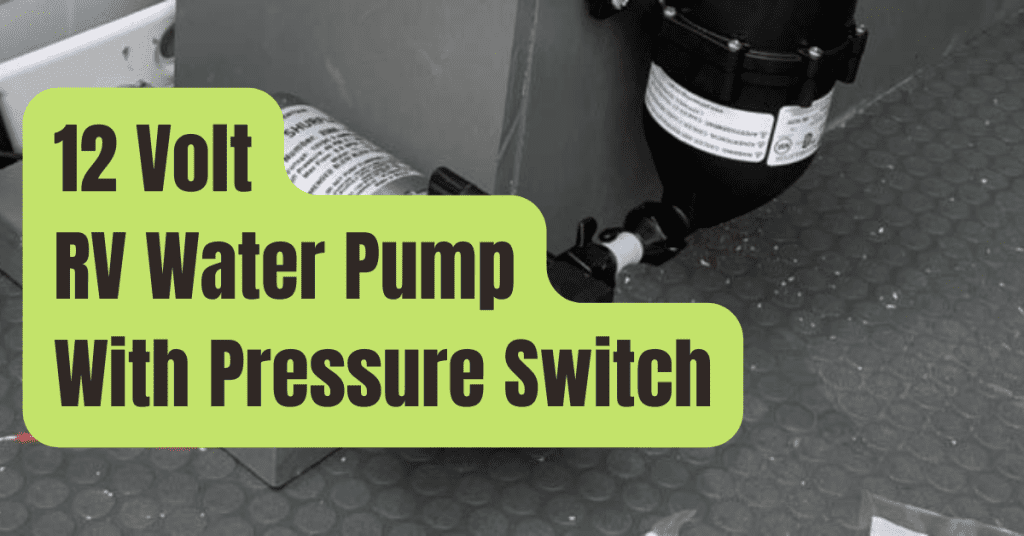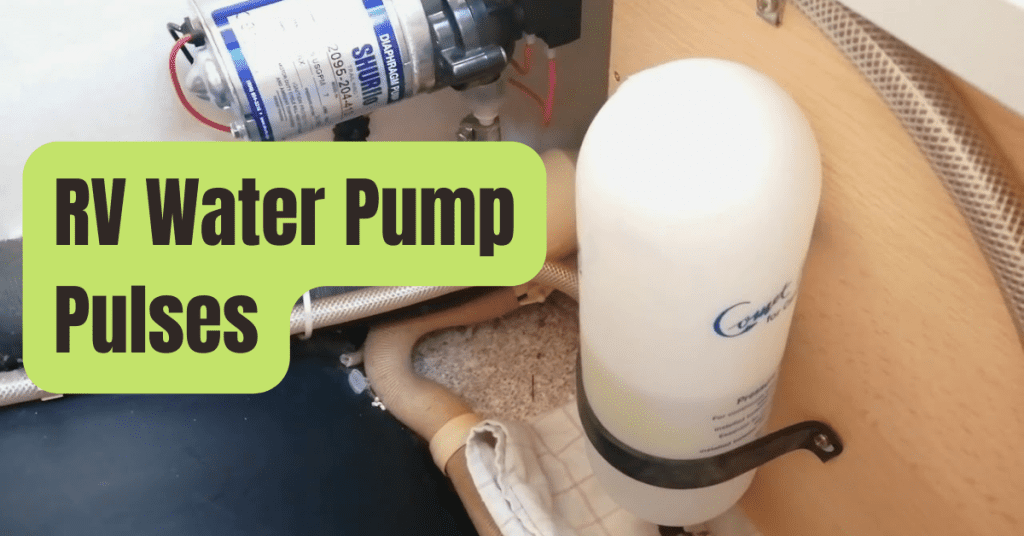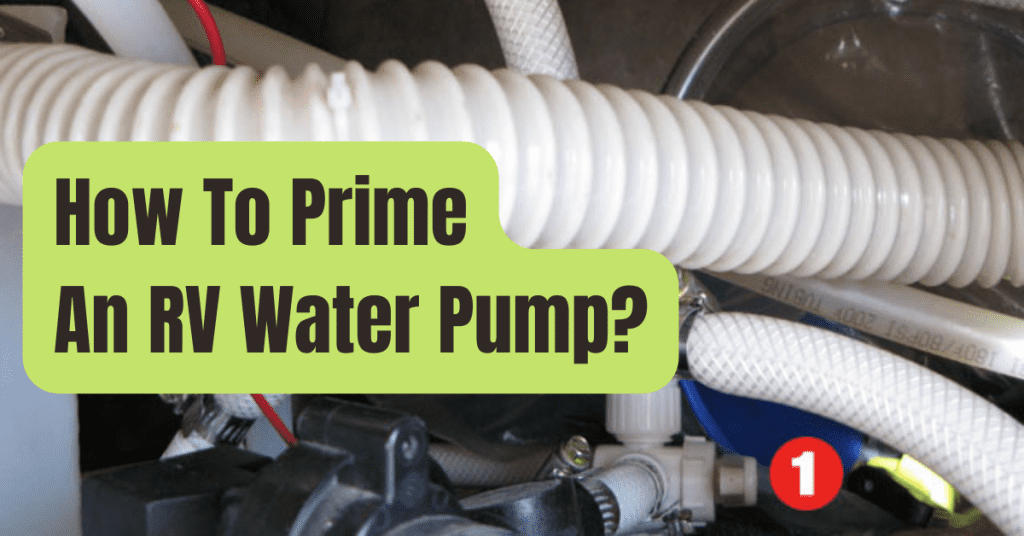If worries about venting are preventing you from installing tankless water heaters on your projects, the following advice may help you discover a solution that is easier to implement and costs less money.
The purchase of a gas tankless water heater should be considered a wise choice for the majority of your clients and projects.
Tankless water heaters that run on propane are among the most energy-efficient water heating choices now on the market.
They enable homeowners to cut their monthly energy bills by up to half.
In addition to this, when compared to conventional electric water heaters, it has the potential to cut emissions of greenhouse gases by up to 61 percent.
However, there are several common misunderstandings about the venting requirements of gas tankless units, which might prevent construction experts from recommending them.
Think about the venting requirements for tankless water heaters before you rule out using one for your next project.
Tankless water heaters have less ventilation needs.
Venting Options for Tankless Water Heaters: the Facts
1. Tankless water heaters that run on gas don’t need to utilize the air within the home for the combustion process.
There are two options for venting that are available for tankless water heaters: power-vent and direct-vent.
Combustion takes place in the interior air used by power-vent systems, and the exhaust is simply vented to the outside.
Because direct-vent systems draw air in from the outside of the building, these systems feature two vents: one for taking in air and one for expelling it.
Even though power-vent units just need an exhaust vent, they generate extra placement difficulties.
They have to be put in a room that is sufficiently spacious or in a room that has vents or louvers in order for them to have sufficient make-up air for the gas combustion.
Due to the fact that direct-vent units draw air from the outside, they are able to be installed in more constrained areas, such as a closet, an attic, or a tiny mechanical room.
2. Tankless water heaters do not always need two ventilation pipes, even for direct-vent models; this is not always the case.
Some manufacturers provide concentric venting, which is a single pipe that includes an inner exhaust vent and an outer intake vent.
Direct-vent water heaters may utilize two distinct pipes for intake and exhaust, while some manufacturers offer an alternative called concentric venting.
Trey Hoffman, who serves as the worldwide product manager for Rinnai, asserts that concentric vents provide a handful of distinct benefits.
To begin, since there is only one pipe, the installers only need to cut one hole in the wall or ceiling to accommodate it.
Second, in contrast to exhaust vent pipes, which become very hot to the touch and must be kept at a safe distance from the wall in order to prevent accidental contact, concentric vents remain cold to the touch since the heated exhaust air is contained inside them.
Even though the diameter of a concentric vent is normally 5 inches, but the diameter of a single pipe is 3 inches, there is no need for extra clearance through the wall when using concentric vents.
According to Hoffman, another advantage offered by concentric vents is increased safety.
In the event that the interior exhaust vent springs a leak, the exhaust air will continue to be held inside the intake pipe, and it will not be able to enter the house.
3. A venting system that goes through the roof is not required for tankless water heaters.
Because they rely on natural ventilation to function, traditional gas water heaters (tanks) have their exhaust ducts made of galvanized steel B-vents that are installed in the roof.
This allows the hot exhaust air to ascend and leave the building.
Tankless water heaters, on the other hand, have combustion fans that blast exhaust from the units in a horizontal direction, which enables the vents on these heaters to end on a side wall.
According to Hoffman, this information is especially beneficial to remodelers and other experts who are replacing electric tanks with propane tankless devices since electric tanks do not need venting.
“If you had to go through the roof each time, it would make the venting aspect of your installation considerably more costly and complicated,” he adds.
“If you had to go through the roof each time, it would make going through the roof each time.” Because it is possible to exit via a side wall, you have a great deal of choice in determining where to position the unit.
To accommodate the new location of the water heater, all that is required of you at this point is to make some minor adjustments to the piping.
4. Outdoor tankless water heaters don’t require venting.
It is simple and straightforward to install a tankless water heater outside in areas that are warmer; extra venting is not necessary for this process.
Tankless water heaters have the ability to endure temperatures below freezing thanks to their built-in self-warming systems, which stop the water from freezing solid and splitting.
(However, since the heating components depend on an electrical source to function, tanks might freeze in very cold regions where there is an increased likelihood of electricity outages.
As a result, installing the tanks indoors is a preferable choice in these areas.) According to Tommy Olsen, the market manager for tankless and speciality products at Rheem, replacing an indoor tank water heater with an outdoor tankless unit may even free up floor space on the inside of the home.
He argues that not only do you take up nine square feet on the floor, but you also pick up the cube that extends from the floor to the ceiling.
“One of the men I work with just upgraded the tank in his closet to a tankless unit outdoors, and as a result, he’s gained some more storage space in his pantry.”
5. A condensing tankless water heater eliminates the need for metal venting in a home.
In most cases, only around 80 percent of the heat that is generated by tankless water heaters that are not condensing systems is transferred to the water.
The residual heat causes the production of a hot exhaust gas, which necessitates the use of metal venting, most often stainless steel or thick aluminum.
Condensing units, on the other hand, normally have an efficiency of approximately 95 percent, which results in a lower temperature of the exhaust gas, which is between 110 and 120 degrees Fahrenheit.
This indicates that a less costly kind of plastic, most often PVC or polypropylene, may be used to vent them instead.
According to Olsen, the price difference between the two types of venting may even cancel out the additional expense of purchasing the more energy-efficient device.
Because the total installed cost of a high-efficiency unit is generally the same as or cheaper than that of a product with a mid-efficiency rating, upselling to a high-efficiency model at that time is a simple process.
6. The installation of a tankless water heater does not always need the use of a box that is attached to the wall.
Recess boxes, which allow the tankless water heater to remain concealed behind the wall, are offered by certain manufacturers for use in new-construction applications.
Non-condensing units, which are 14 inches wide, are able to fit between normal studs, whereas condensing units, which are 18 inches wide, may need more inventive framing.
According to Hoffman, “Now that your water heater has been moved, it will be flush with the exterior of the home.” “This works out to be a really clean and orderly solution.”
7. Multiple water heaters don’t always need their own separate vents all the time.
In spite of the fact that commercial and large residential applications may employ numerous tankless units, it is not always necessary for each unit to have two vent penetrations.
Rinnai is working on developing a common-venting system that will use a manifold to allow up to eight tankless units to share the same exhaust and intake vents.
This will be a useful option for projects in which professionals want to avoid extra penetrations in the building envelope for either practical or aesthetic reasons.
8. Your ventilation system doesn’t have to be unsightly if you don’t want it to be.
Several different manufacturers have developed venting solutions that are visually pleasant.
Olsen explains, “You’ve got folks who really want the tankless option, but at the end of the day, they don’t want that pipe poking out of the wall.” [Citation needed] “You’ve got individuals that really enjoy the tankless option.” Tankless water heaters are no longer penalized for their lack of aesthetic appeal due to the availability of attractive pipe covers and termination points.
Visit our website dedicated to propane tankless water heaters if you are interested in learning more about tankless water heaters.
Discover the many positive aspects of having a tankless water heater by reading this article.

